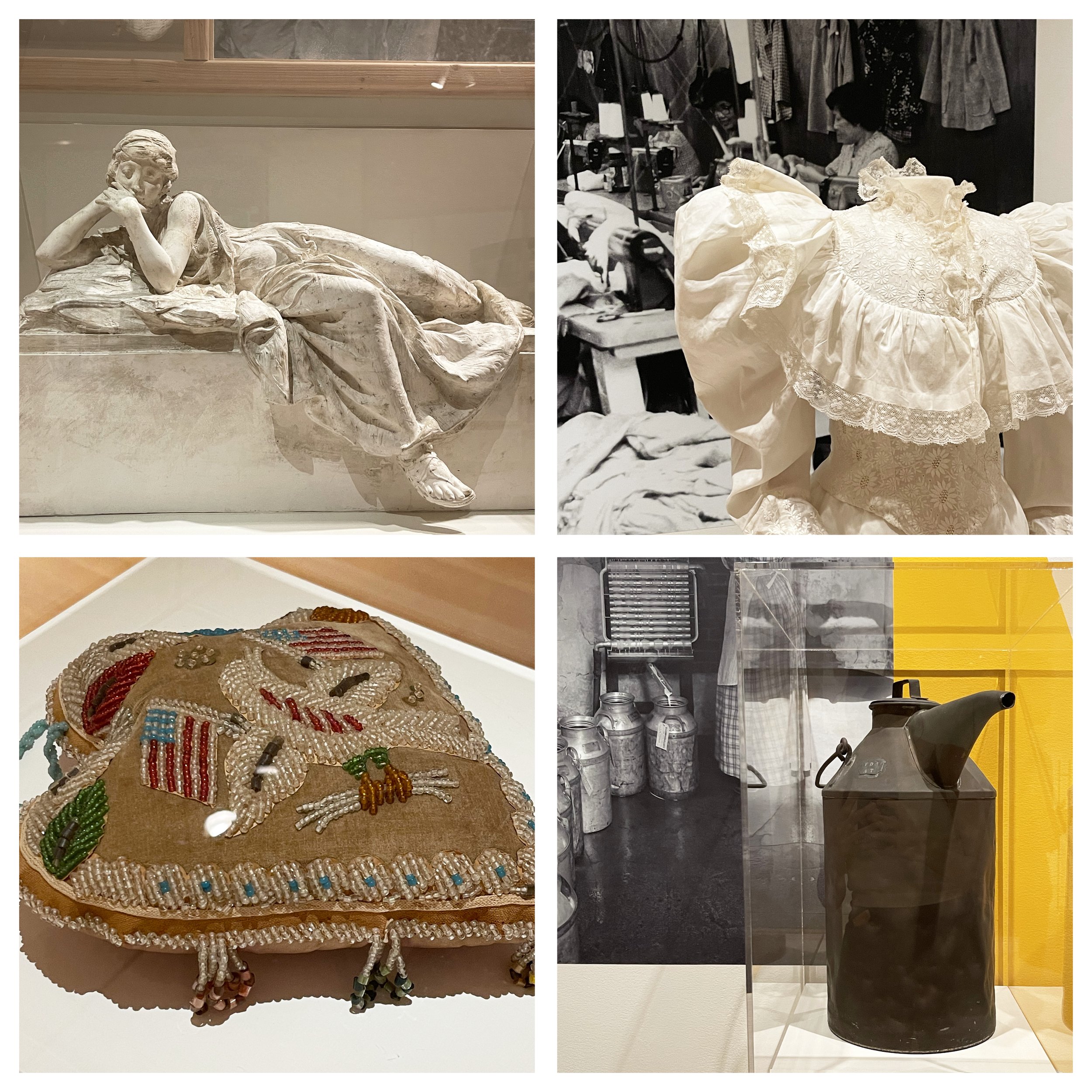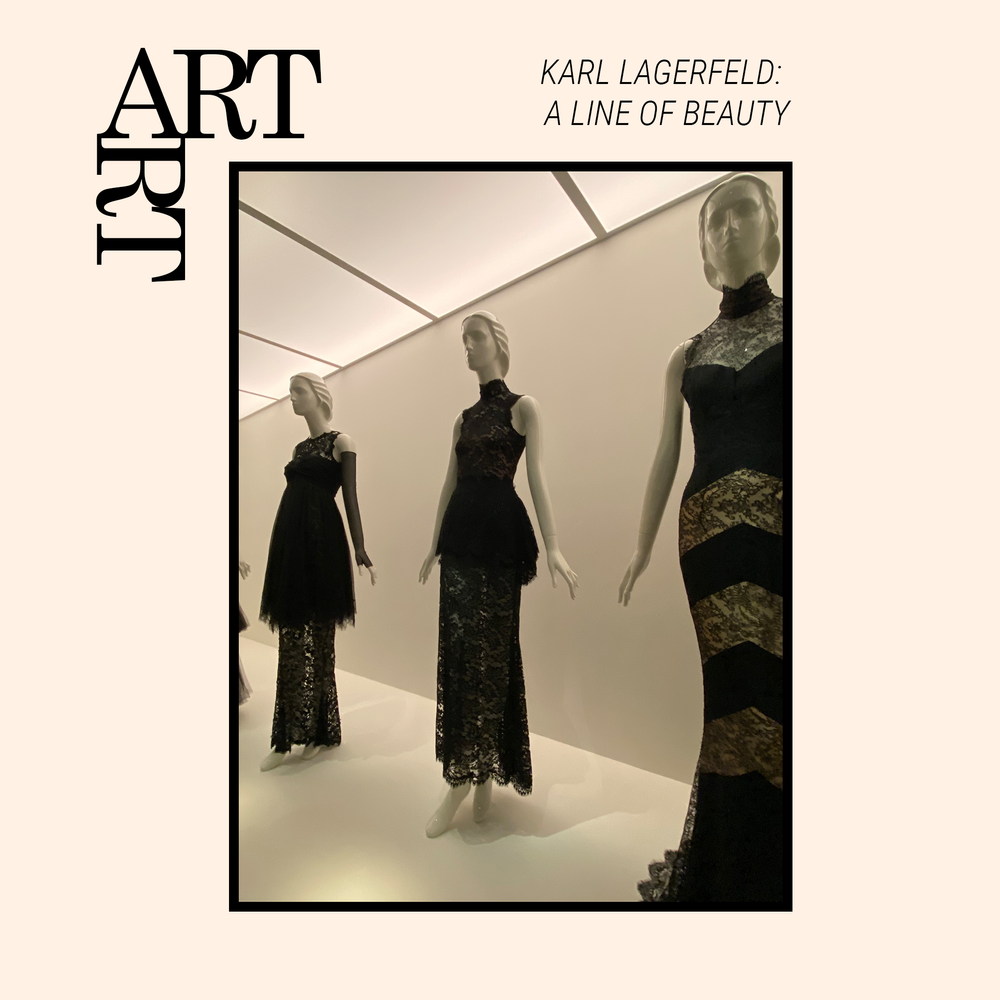WOMEN’S WORK: NEW-YORK HISTORICAL SOCIETY
The new exhibition, Women’s Work at the Joyce B. Cowin Women's History Gallery, encourages viewers to consider “what is women’s work.” How have political, legal, and economic trends in America’s history, and the biases towards race, ethnicity, sexual orientation, and gender, prevented women from pursuing jobs traditionally perceived as “men’s work.”
The title of the exhibition itself challenges the derogatory phrase, “women’s work,” which was historically used to indicate jobs of less importance, and instead celebrates the contribution of women’s labor in the advancement of American society. The Women’s History Gallery stages dozens of objects from the New York Historical collection, including everything from sugar nippers to a milk can to a beaded pincushion. With items ranging from the 16th century to today, the exhibition demonstrates the evolution of women’s work and speaks to the progress society has made in equality while simultaneously noting the inequalities that persist.
Women’s Work explores all aspects of work, rather than simply the jobs with which women have traditionally been burdened. While women have typically been cast as caregivers and homemakers, this exhibition draws our attention to different types of jobs, from shoe designers to sex workers to radio presenters. Although, it can be noted that it wasn’t actually until the 1930s, women had access to the radio waves, as demonstrated by audio displays of Billie Holiday and Eleanor Roosevelt, and photographs of Sandra Phillips in the Columbia Broadcasting studio in 1935.
Women were also seen taking on physically demanding tasks, as demonstrated by the wood and brass clothes wringer from 1870. Before the invention of electric washing machines, doing the laundry was an arduous, time-consuming, and even dangerous chore. Clothes wringers like this were revolutionary, although still required a tiresome “wash, rinse, wring, repeat” technique. Gradually, other household tasks became mechanized, drastically reducing the time and effort it took to do chores. However, these advancements increased the division of labor between men and women in the home.
Other stand-out sections of the exhibition note the teaching, nursing, and activist roles adopted by women from the 1800s. From the 1915 Brassard volunteer outfit displayed, it was significant to see that women offered roles as nurses during World War 1, were required to volunteer without formal training, so they would return home after the war instead of expecting to find paid jobs. The role of the female AIDS activists was also noteworthy, represented by photographs of the Columbus Hill Health Centre and a satin red AIDS ribbon from 1990. This ribbon was used during the socio-political crisis to raise awareness and support at a time of “government neglect and homophobia.”
Women’s Work is on display until July of next year and is a striking and significant exhibition for viewers to experience. The collection demonstrates society’s reliance on women’s labor and how women defy categorization as workers. Women’s work is political, ubiquitous, and essential to society, and this exhibition calls for it to be appreciated, prompting viewers to ask themselves what it would look like to truly value women’s work today.
Article & Photos by Mia Fyson, Graphic Design Intern + Contributor, PhotoBook Magazine
Opening Tearsheet by Alexa Dyer, Graphic Designer, PhotoBook Magazine









